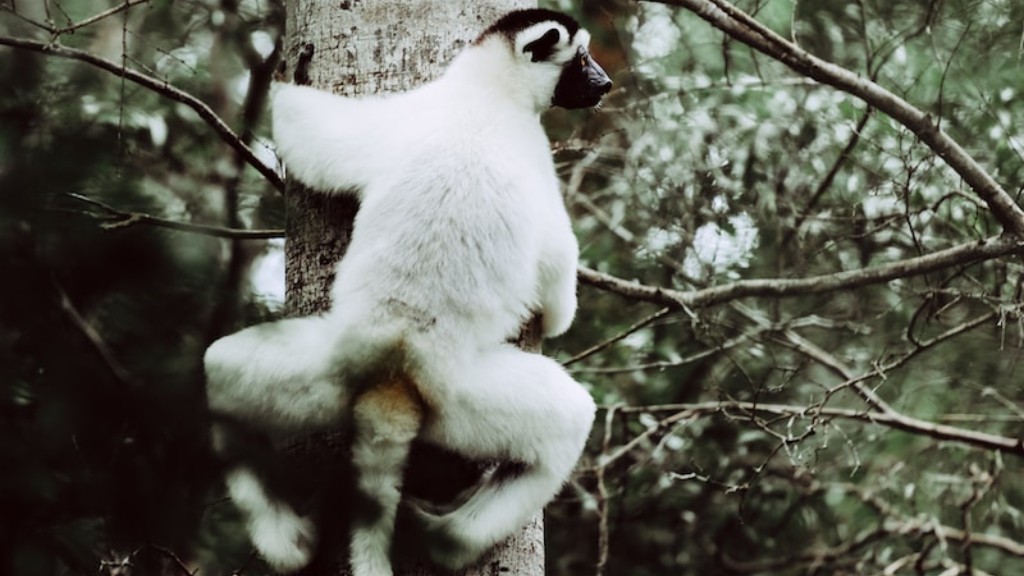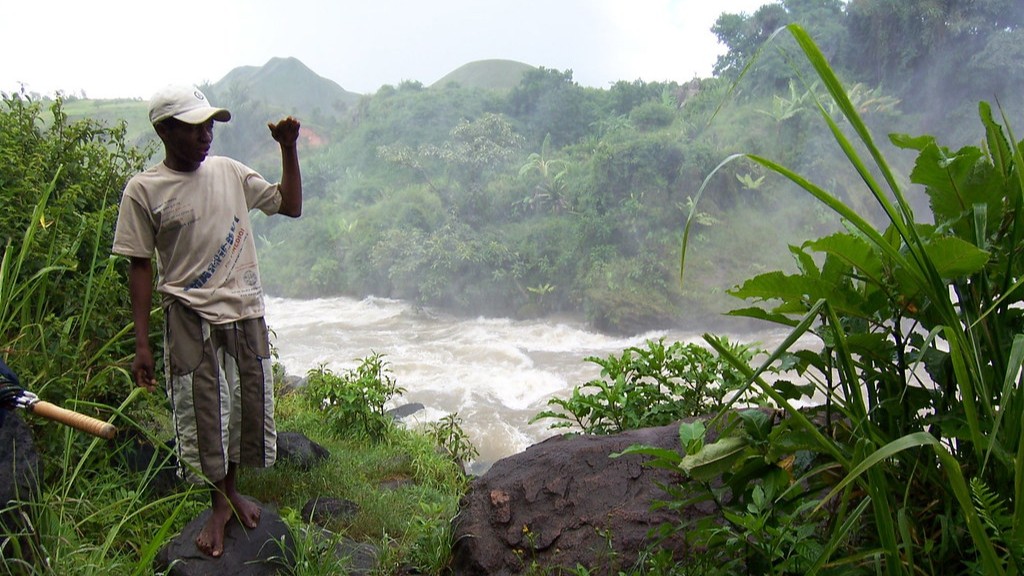When Did People First Settle Madagascar?
The island of Madagascar, located off the southeastern coast of Africa, is known for its unique biodiversity and rich cultural heritage. But when did people first settle this extraordinary island? The answer to this question has intrigued archaeologists, anthropologists, and historians for many years. In this article, we will explore the background, relevant data, and perspectives from experts to shed light on the settlement history of Madagascar.
Background Information
Madagascar, the fourth largest island in the world, has been inhabited by humans for thousands of years. However, the exact timing of the first settlement remains uncertain. Current archaeological evidence suggests that humans first arrived on the island around 5,000 to 2,500 years ago.
Madagascar’s isolation from mainland Africa and its unique geological history contributed to the distinctiveness of its flora, fauna, and human population. The island’s early settlers were likely descendants of groups that migrated across the Indian Ocean, possibly from Southeast Asia or the African continent.
Relevant Data
Researchers have uncovered various artifacts that provide valuable clues about the early settlement of Madagascar. Among these findings are pottery fragments, stone tools, and human remains. Radiocarbon dating of these objects has helped determine their approximate age and establish a timeline for human presence on the island.
A notable discovery was made in the southern part of Madagascar, where archaeologists found evidence of early human occupation that dates back around 2,000 years. This finding challenges previous assumptions that settlement primarily occurred on the island’s coasts.
Perspectives from Experts
Experts in the field have put forward different theories regarding the timing and origins of Madagascar’s first settlers. Some propose that the initial migration occurred from Asia, supported by linguistic, genetic, and cultural similarities between certain Malagasy groups and Southeast Asian populations.
Others argue for an African origin, suggesting that early settlers may have come from East Africa, as evidenced by genetic studies that show a strong connection between the Malagasy population and Bantu-speaking groups in the region.
It is worth noting that these perspectives are not mutually exclusive, and the settlement history of Madagascar is likely more complex than any single theory can fully capture.
Insights and Analysis
The settlement of Madagascar is a fascinating case study in human migration and adaptation. The island’s unique biodiversity and cultural diversity can be attributed to the multiple waves of migration and the blending of different ancestral groups.
Furthermore, the timing of the initial settlement aligns with significant global events, such as the expansion of Austronesian-speaking populations across the Indian Ocean and the development of maritime trade networks. These factors likely played a role in facilitating the migration to Madagascar.
Additional Sections
Theories of Initial Migration
While the exact origins of Madagascar’s early settlers remain uncertain, researchers have proposed two main theories to explain the initial migration:
- The “Out of Asia” theory suggests that people from Southeast Asia, particularly Indonesia, migrated to Madagascar by boat. This theory is supported by linguistic and cultural similarities between certain Malagasy groups and Austronesian-speaking populations.
- The “Out of Africa” theory argues that the first settlers came from mainland East Africa, potentially sailing across the Mozambique Channel. Genetic studies have found a connection between the Malagasy population and Bantu-speaking groups in East Africa.
Cultural Significance of Early Settlement
The early settlers of Madagascar brought with them unique cultural practices and traditions that have shaped the island’s identity. From the intricate art of woodcarving to the traditional music and dance forms, their legacy is still evident in present-day Malagasy culture.
Evidence of Early Trade Networks
Archaeological findings suggest that Madagascar was part of ancient maritime trade networks. Chinese ceramics, Roman glass beads, and other foreign objects have been discovered on the island, indicating contact with distant civilizations.
Impact on Biodiversity
The arrival of humans on Madagascar had a significant impact on the island’s biodiversity. Evidence suggests that early settlers practiced slash-and-burn agriculture, clearing land for cultivation. This led to the loss of certain plant species and the introduction of non-native plants.



